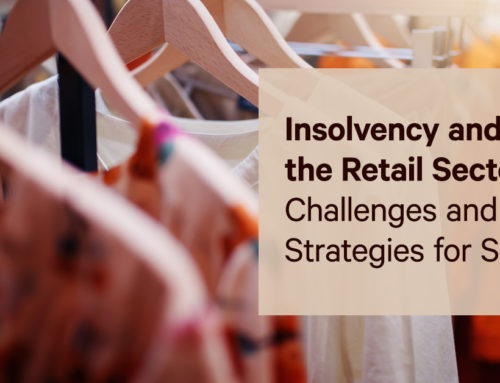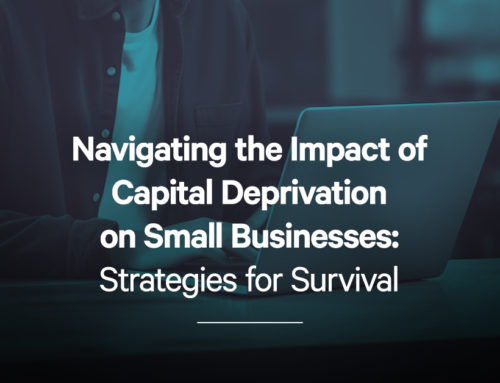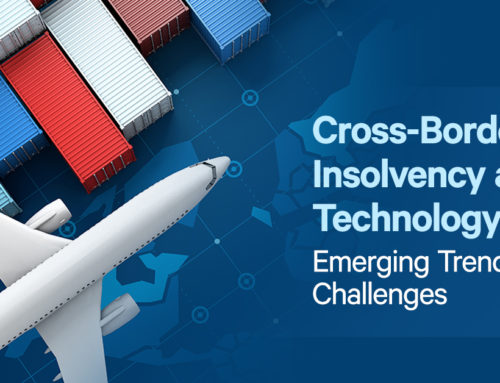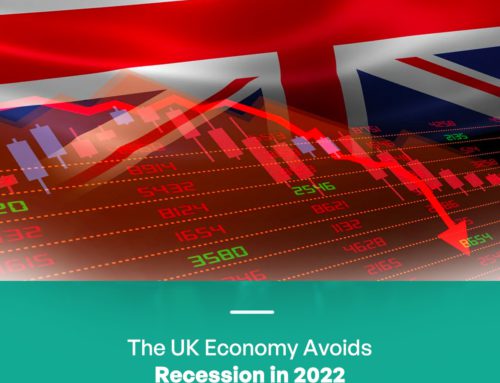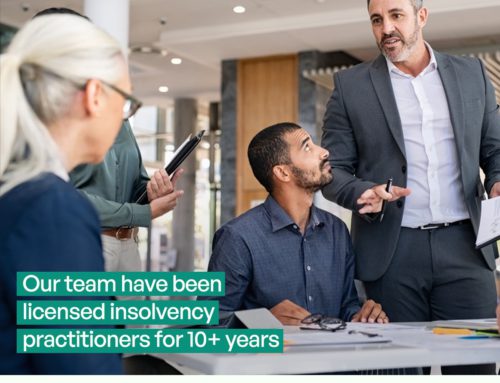Last year there were 3,883 company insolvencies in Q1 alone and that figure doesn’t include those that went into administration or entered voluntary arrangements. In the UK, when a company goes bankrupt, which is called liquidation, it stops trading, is wound up and then taken off the register at Companies House.
Insolvent limited companies go into liquidation. Companies that are sole traders or partnerships, where the owners are individuals, are able to declare they are bankrupt if they become insolvent. Limited companies are protected from personal liability when insolvent by a veil of incorporation. The difference with sole trader or partnership insolvency is that their businesses are not considered separate legal entities.
With enforced bankruptcy, a company’s creditor who is owed more than £750 can apply to the courts and petition for bankruptcy. However, companies can also declare bankruptcy, usually as a last resort, and petition the courts to hand over the process to a licensed IP.
Companies that have declared bankruptcy instruct a licensed insolvency practitioner (IP) to handle the company liquidation process. The IP also deals with paying creditors with the proceeds of the sale of the company’s assets. The Insolvency Act 1986 sets out the liabilities hierarchy that liquidated companies must follow. This hierarchy determines which liabilities are paid first, and in full, before funds are allocated to the next creditor.
Creditor liabilities
There are three principal creditor categories:
- Secured
- Unsecured
- Preferential
These categories are broken down further, as follows:
- Secured creditors with a fixed charge
- Preferential creditors
- Secured creditors with a floating charge
- Unsecured creditors
- Shareholders
There are several factors that determine how much each creditor class receives, including the cost of the entire liquidation process, the assets that are available for sale and how easily they are realised, and the value of the funds raised from bankruptcy.
With any bankruptcy or liquidation process, the IP or the insolvency company is the first to be paid.
Secured creditors with a fixed charge
Secured creditors tend to be financial houses, such as banks or those who have loaned the company money based on an asset and holds a title over the business, known as a fixed charge. Another type of secured creditor is invoice factoring companies that hold a security over the bankrupt company’s sales ledger. Assets such as machinery, plant equipment, property and vehicles are the type of assets that lenders will loan money against.
Assets that have a fixed charge on them are not allowed to be sold or traded by the company. However, as part of a company bankruptcy process the asset can be sold by either the liquidator or the charge-holder.
Preferential creditors
Preferential creditors include the company’s employees for pay arrears, pension contributions as well as any holiday pay that has been claimed as part of the bankruptcy process. Another preferential creditor is HMRC. The government department has only just regained preferential status (as of 1st December 2020). HMRC previously lost this status in 2003 and were classed as unsecured creditors.
Secured creditors with a floating charge
Certain types of assets can be subject to what is called a floating charge, such as stock, fixtures and fittings or work-in-progress. They are next in line to receive a distribution which is subject to the dilution of the prescribed part. Let’s explain the prescribed part.
The prescribed part is a proportion of the amount that’s been set aside by the liquidator from the sale of the company’s assets that are held by a floating charge. The floating charge must have been taken out after 15th September 2003.
It is calculated from the realised floating charge assets as 50% of the first £10,000, followed by 20% of any other funds up to a total sum of £600,000. There are often certain terms and conditions that are applied to floating charges. These will be detailed in the document, a debenture, which has been signed by the company’s directors and is registered by the lender at Companies House.
Unsecured creditors
Unsecured creditors are the next in line to receive monies from the sale of assets. These creditors include suppliers, contractors, customers and some claims made by the company’s staff.
There are also connected unsecured creditors, which are known as associate creditors, who are people like members of a director’s family, spouses, or a member of staff that has lent money to the company on an unsecured agreement. Under a voluntary arrangement, a connected unsecured creditor would not receive a dividend but they are eligible in a liquidation situation, although this usually results in a nil dividend.
Shareholders
Last in the list of liabilities a bankrupt company has to pay are the shareholders, should there be sufficient funds left and once all other creditors have been paid. In most liquidation processes, the shareholders shoulder the burden of risk and generally lose their money. These days, when a shareholder invests in a company, they may ensure that some of the equity is under a secured debt basis so that they receive at least some of their investment should the company go bankrupt.
Fixed and floating charges
This is a complex area but essentially, they are a debenture held on an asset. A fixed charge is where the company has agreed to a fixed charge and given it to a bank or other lender. In doing so, they have given up their right to trade or sell that property without the permission of the fixed charge holder, except in the case of bankruptcy.
Floating charges are all the company’s assets that are not covered by a fixed charge, such as stock. Floating charges that are created prior to 15th September 2003 must be initially subject to a prescribed part and set aside for the company’s unsecured creditors in a liquidation process.
If your business is struggling with debts or you are thinking of winding up a solvent company voluntarily, the first step is to seek professional advice. Our highly experienced professionals at Leading are on hand to help and advise on the process.


